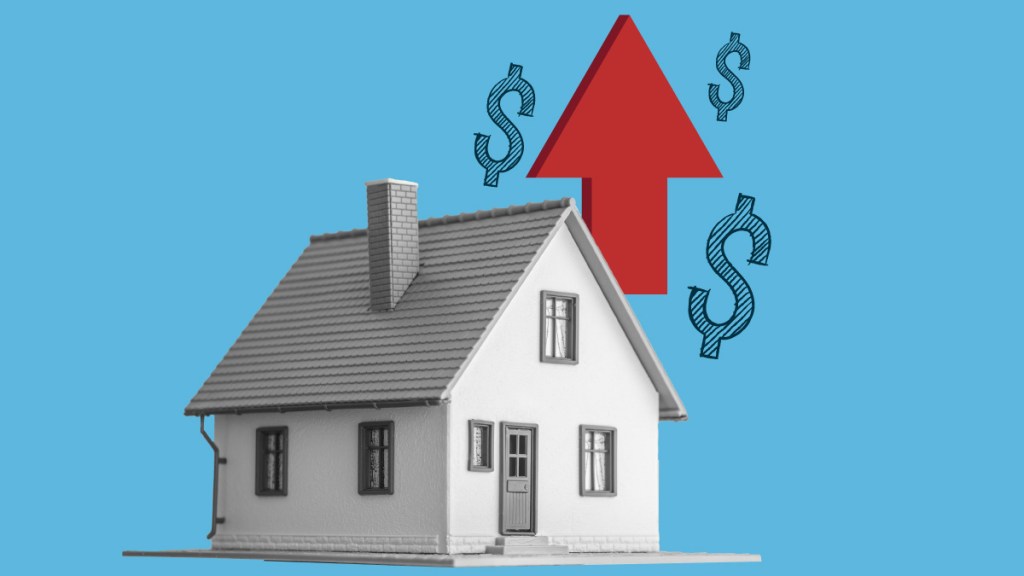All the housing market data for 2024 is in, and it’s fair to say that the housing market surprised us again! However, there are two big trends that stand out as we launch into 2025 — affordability and sellers in the market.
The elephant in the room is affordability. Home prices finished 2024 up a few percent nationally and mortgage rates are at their highest level in seven months — back over 7% as we head into January. In fact, at $2,290, the typical mortgage payment for homebuyers is starting this next year at the highest level ever.
There are a few markets in the South where home prices have inched down recently — and every bit helps buyers — but those prices have not adjusted much, and there’s no sign of any major correction in the works. In 2025, housing affordability in the U.S. remains at it’s worst levels in decades.
In the last few months, the market finally saw some sales growth over the previous year. That growth is in jeopardy if we stay at the high end of the mortgage rate range into the first quarter 2025. Homes are already staying on the market 20% longer than a year ago. The fastest path to changing affordability is a change in interest rates, but there’s no guarantee that rates will fall.
In the HousingWire mortgage rate forecast for 2025, we included the possibility of a five handle during the year. What’s the scenario where mortgage rates drop over 100 basis points in 2025? If we get lucky on economic news and spreads continue to tighten a bit, we could see some alleviation to the affordability vice everyone is now in.
The other trend to watch is whether we finally have more sellers entering the market in 2025. The three years in the post-pandemic housing market have been marked by very few sellers — 60,000 new listings in a given week vs. 80,000 in years’ past. There are some signals that seller volume is starting to creep back to normal levels.
Let’s look at this week’s data and see if we can tease out the signals for impact on the 2025 housing market.
Inventory continues to contract
There are now 651,000 single-family homes unsold on the market across the U.S. That’s 2.5% fewer than a week prior. It’s the holidays, of course. We’ll see another week of inventory contraction this week with New Year’s mid-week.
Some years, when demand is stronger, the available inventory of unsold homes keeps shrinking until February or March. But demand is not strong nationally, so we expect inventory to bounce along under 650,000 homes in January and start ticking up by February.
Inventory is increasing in basically every market around the country. The Sun Belt markets have led inventory growth with the northern markets much tighter, but we see this disparity evening out a bit in 2025.
New listings are low
As we look deeper into the supply side of the market, there were 32,500 new listings unsold this week. That’s very low over the holidays. But, it’s notable that, for this last week of the year, there were more new listings this week than the same week for the past six or seven years.
It’s hard to measure precisely with the holidays, but 32,000 is 33% more than hit the market in the 52nd week of the year in 2023. This is probably related to when the holiday hits on the day of the week. The thing to keep an eye on is that each week in December, we had much more “normal” levels of new listings each week.
These are unsold new listings. There’s another set of sellers that we call “immediate sales.” These are the houses that get listed and take offers immediately after listing. They don’t ever add to the active inventory as they’re already sold. When we include these new listings, there were 21% more sellers than a year ago.
We’ve been averaging 8% more sellers each week. There were only 5,000 immediate sales this week. That’s the fewest since we started measuring this phenomenon during the pandemic. Again, it’s the holidays, so there’s a lot of noise around the day of the week that Christmas and New Year’s fall so. Keep an eye on the new listings counts as we round into the first quarter of 2025. It could be that the shortage of sellers is finally abating.
Total pendings increase
When we look at sales volumes, there are 269,000 single-family homes under contract. That’s 4.25% more than where we ended 2023. It’s the end of the year, so there are 8% fewer homes under contract now than from the week before Christmas. This is the week of the New Year’s holiday, so we’ll have one more week of declining home sales before the January uptick begins.
This chart is of the total count of single-family homes under contract. Each line is a year. The red lines are 2024 and 2023, which had very few home sales, that that’s just starting to increase. At the left end of the chart you can see that 2025 is starting just above the previous years. These are contracts pending, so these are sales that will close in January.
There are 30% fewer home sales in process than at the start of 2022 when the pandemic frenzy was still underway. Still you can see why we’re forecasting 2025 to have 5% sales growth over 2024
It’s going to be fascinating to watch home sales next month. How sensitive are homebuyers to 7% mortgage rates and this latest affordability punch? Do we lose all of the sales momentum that we’ve seen lately?
The new pendings average is down to 44,000, the recent four weeks includes both Christmas week and the late Thanksgiving week this year. Still the week new pendings average is only 1.3% above last year. Keep your eyes on the pendings data. I remain optimistic that we’ll see some sales growth in 2025.
Home prices lead to the affordability challenge
Let’s move on to home prices and the affordability challenge. Nationally, home prices are starting 2025 at $395,000 which is 4% higher than a year ago. If you follow the Altos Research data each week, this won’t surprise you. Even when home sales are low, when inventory of unsold homes is building around the country, and when affordability is at crisis levels — home prices have not fallen. In fact, they’re inching up.
In this view we have the median price of all the homes in contract. The red line from 2024 across the top shows how prices cluster right at the big round numbers, in this case, $400,000 for most of the year.
It turns out that due to a huge number of factors, including seller psychology and legal and tax reasons, it’s rare that home prices fall year over year. This view shows us 2022, when after the pandemic mortgage rates spiked way up — higher and faster than anyone anticipated.
The important lesson from the data is that while affordability is the paramount issue for homebuyers, we haven’t seen any signal that the price of homes will correct down.
Price reductions higher than in Q1 2024
Finally, let’s look at the leading indicators for home prices as we start 2025. There are currently 36% of the homes on the market that have taken a price cut from the original list price. That’s more than we started 2024, which indicates slightly weaker supply-demand balance than a year ago. There are 27% more homes on the market, and only 4% more sales, so you can see why slightly more sellers are trying a price reduction than a year ago.
Still, this number is not tremendously high. It’ll keep falling this spring with fresh inventory and new buyers for the next few months. If mortgage rates stay over 7% that’ll keep a lid on buyer demand and some of those sellers won’t get the offers they were hoping for. Buyers are perfectly happy to wait, while sellers have to act.
These price reductions are a leading indicator for future sales prices. The number is elevated now, and with 7% mortgage rates to start 2025, we’re going to see right here how much home buyers care about this affordability hit.
Mike Simonsen will be a featured speaker at the Housing Economic Summit in Dallas on Feb. 26. Learn more here.






